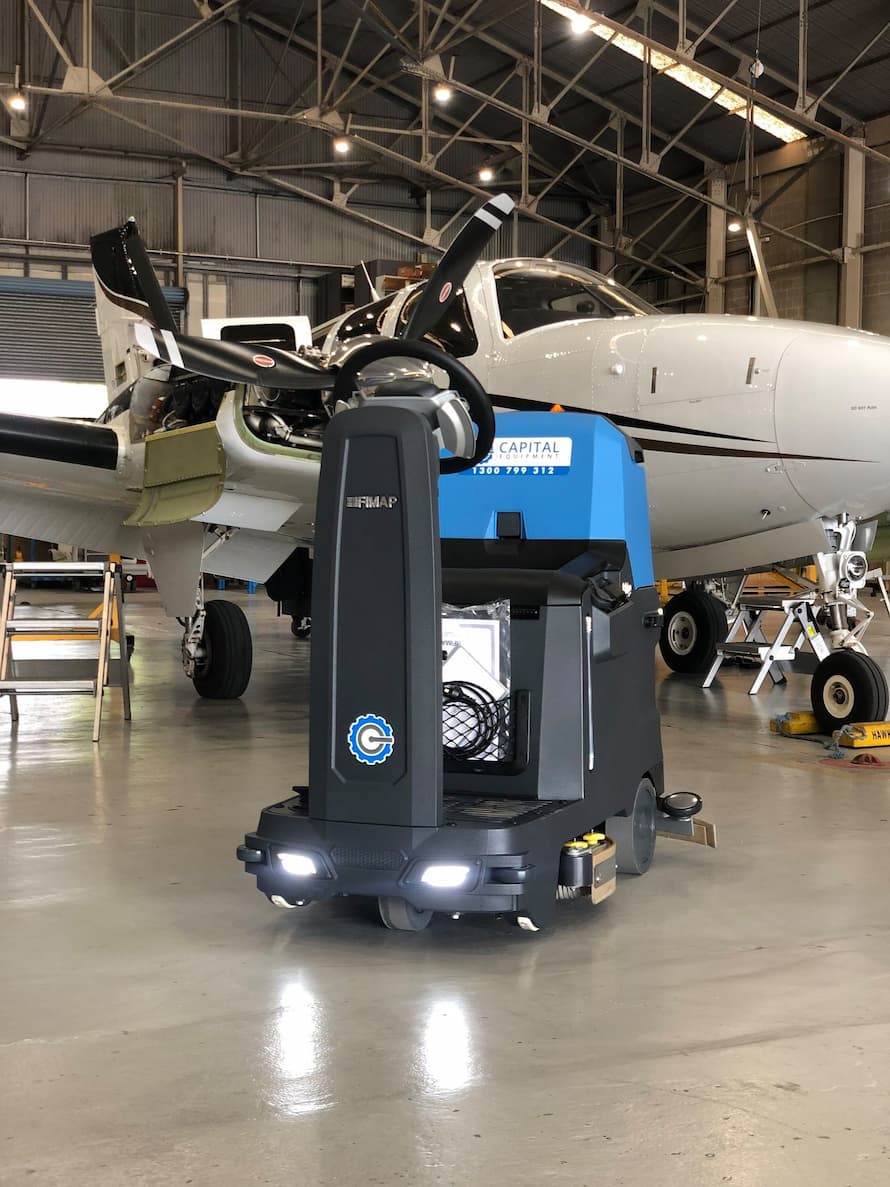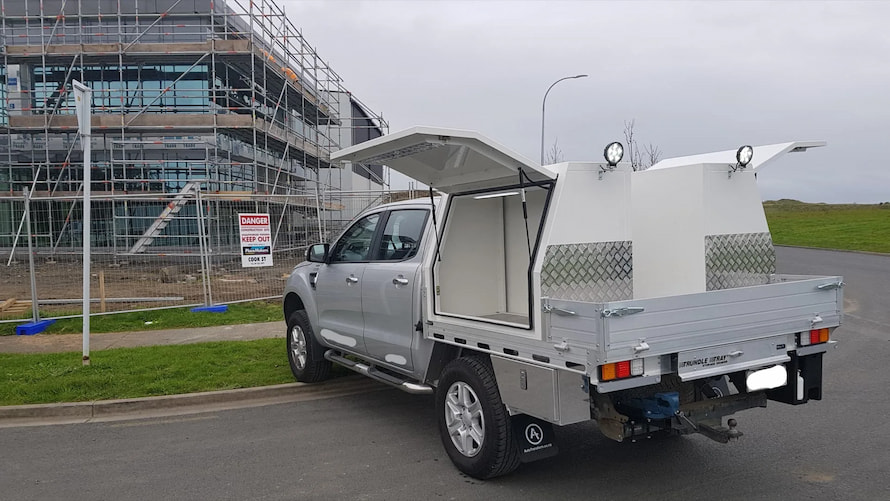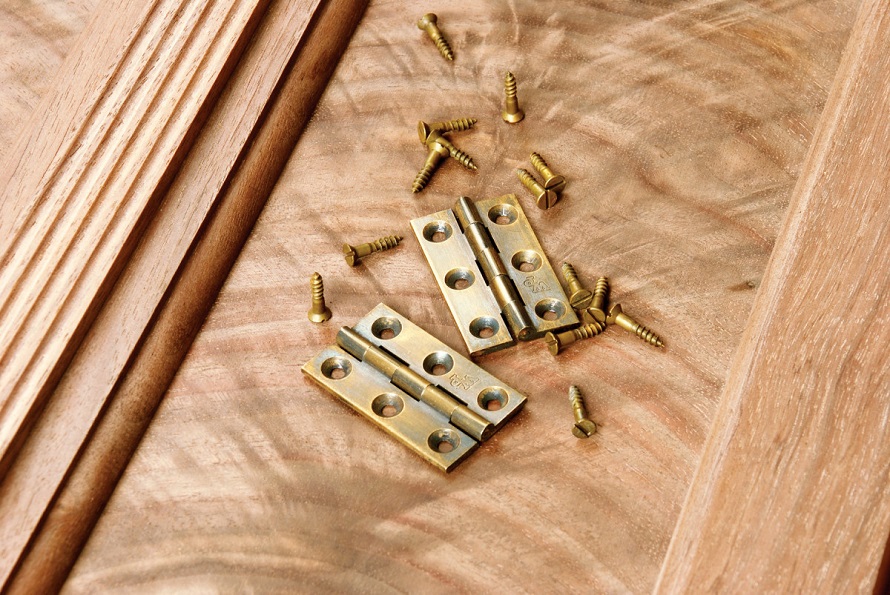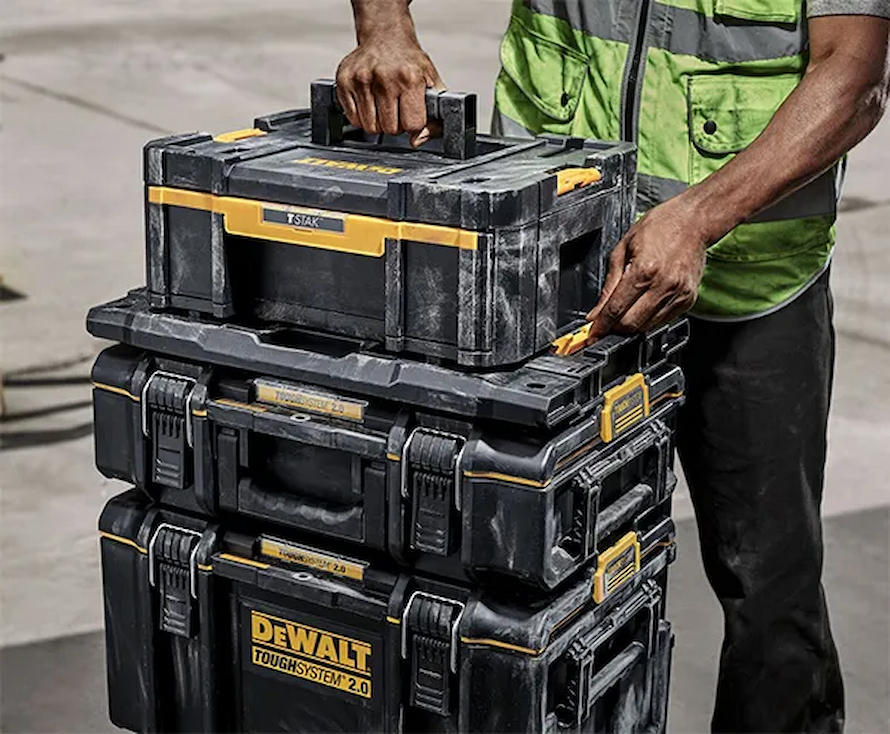Industry
How to Choose the Right Welding Helmet
Welding is the fusing of separate metal pieces together and as such, it’s an important part of many industrial processes. Whether welding is performed at an industrial oil rig, or a car mechanic’s garage, it’s equally important to use the right eye and head protection. Investing a little more in a protective helmet, can make quite the difference regarding safety, comfort, and overall welding performance. That being said, welding helmets come in a variety of designs suitable for different applications and can include a number of additional features. Here are some considerations before you go out looking for one.
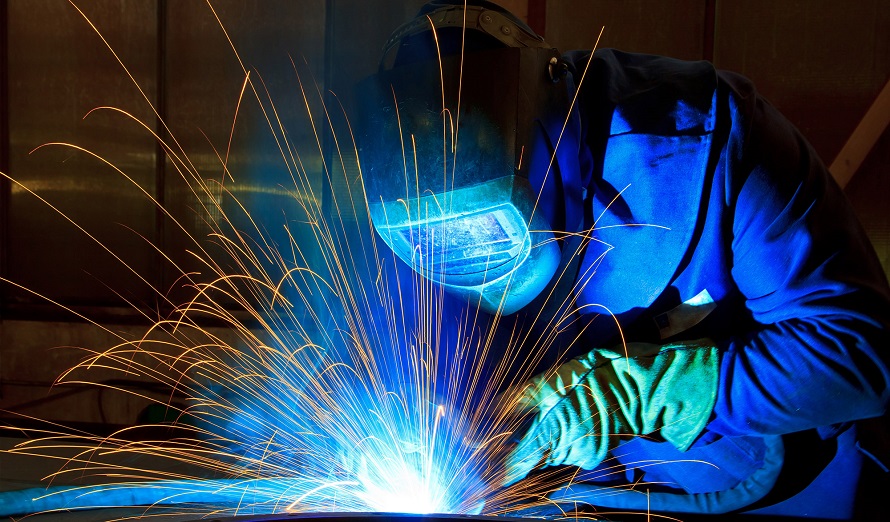
Does it Meet the Necessary Safety Requirements?
Without a question, any helmet you choose should meet the AS/NZS 1338.1 (Auto-Darkening) and AS/NZS 1337.1B (High Impact) safety standards. These standards require that auto-darkening lens and welding helmets manufacturers perform laboratory testing on their products to validate important safety specifications such as switching speeds, darkness shade settings, and impact resistance. You would think that any helmet sold should fit this description, but you’d be shocked by the number of sham helmets on the market that aren’t tested. Look specifically whether the helmet packaging is marked with these safety standards.
Finding the Right Shade
A welding helmet is not only shielding your eyes from the visible sparks flying, but also from the much more dangerous invisible (ultraviolet and infrared) rays. All decent, high-quality welding helmets that conform to the safety standards have an auto-darkening lens as opposed to a passive one. And auto-darkening lenses can be either fixed or variable shade.
A fixed shade lens darkens to a shade #10 upon arc strike. These helmets are a good option when all your welding jobs involve the same amperage and material thickness. However, if you’re dealing with a variety of welding conditions, a variable shade lens can help you adjust the lens’s darkness according to the amperage you’re using. Usually, the higher the amperage, the darker the shade should be.
Viewing Area and Weight
Auto-darkening welding lenses can weigh a bit more due to the filter cartridge. This means that a larger viewing area can improve visibility, but also add some weight to the helmet. And weight is an important factor for a person who performs welding on a daily basis. Choosing a helmet with an average sized viewing area can minimize the neck strain and prevent fatigue from prolonged use.
Other Considerations
An adjustable headgear is a very convenient feature in welding helmets. Due to its extensive adaptability it provides the best fit while still offering a good level of support. The amount of skin coverage is also important. Since the welding tools emit ultraviolet and infrared rays that can harm the skin, greater neck coverage equals greater protection.


